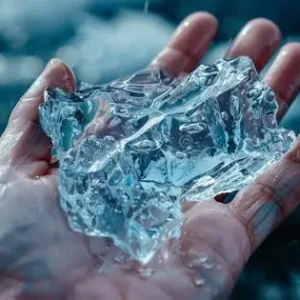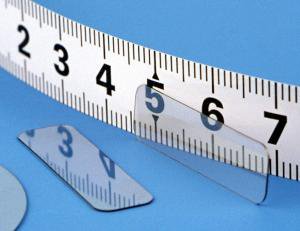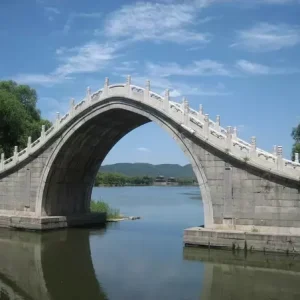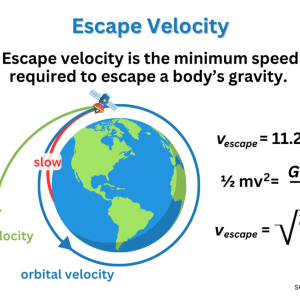12.2 km is not a theoretical limit, it is the depth of the 1970 Russian Kola Superdeep hole project which was abandoned at that point (after 20 years) because their technology made it impossible to go further.
The primary objective of the project was to study the Earth’s crust and mantle, as well as to explore the possibility of drilling into the Earth’s mantle. Scientists hoped to gain a better understanding of the Earth’s composition and geology, however, upon reaching 12.2km, accidents, high temperatures and other challenges were so great that the Russian scientist could not go further.
So, to answer your question…. we could go deeper with more modern equipment than that the Russians used, but no one has a reason to do it. I guess that with the push for renewable energy, it is entirely feasible that one day someone will decide to drill further to obtain geothermal energy by learning and overcoming the issues the Russians had (beyond 12Km the process becomes more akin to driving a pile rather than drilling & the sleeving needs to withstand high temperatures). Temperatures at 12Km deep are about 180°C, if we went a little deeper to get 300°C we could have powerful geothermal plants equivalent to nuclear plants but never needing fuel and generate reliable power 24/7, it’s better than farting around with Wind and Solar intermittent generators that do nothing but add to cost.
In typical Russian fashion, the Kola Superdeep hole was simply abandoned and forgotten with no attempt to keep the hole open and build a structure over it for scientists to at least study what was found at that depth
The site of the Kola Superdeep hole….
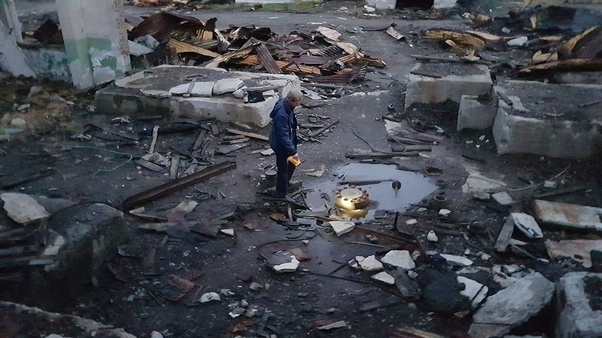
Perhaps, when someone decides to go beyond the 12.2 km depth, they might drill on the oceans to get up to 11 km head start.
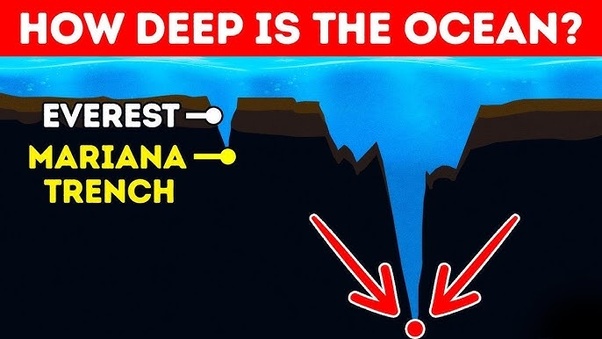
I have traveled to about 3.5 kilometers beneath the surface at the Western Deeps mine in South Africa. The problems of going deeper were obvious.
We had to descend three separate shafts to reach the face, which took over an hour. Shafts are limited to about 2,500 meters depth because the weight of the wire rope holding the man-carrying cage exceeds the strength of the rope. Even to reach that depth it is necessary to have a tapered rope.
The rock temperature was over 60 degrees C (140 degrees F). The mine pumped thousands of tons of slurried ice down the mine every day in order to maintain the air temperatures at workable levels.
Such depths are only possible because the rock surrounding the gold reefs is very strong. However the rock is subject to immense stress. Sometimes it breaks explosively in a ‘rockburst’. A month earlier a rockburst had killed three miners.
The workings at the Mponeng shaft at that mine have now reached 4.2 kilometers below the surface.
The Russians drilled (not dug) a deeper hole at the Kola Superdeep hole. They had planned to go to 15 kilometers but stopped at 12.26 kilometers because the rock at 180 degrees C was hotter than expected. In a 23 cm (9 inch) wide hole it is not possible to pump down enough drilling fluid to keep the drill head cool.
Drilling so deep is tedious and expensive. Pulling out the 600 or so drill pipes in the string is very time-consuming every time the drill head needs replacing.
Maintaining as straight a hole as possible when it is 12,000 meters long but only 23 centimeters wide is difficult. Too many turns and kinks in the hole cause unsustainable friction and forces on the drill pipe.
The temperature of the rock causes difficulties with drill fluid chemistry and degrades the strength of the drilling head and the drill pipe.
The same problem of supporting the weight of the pipe occurs and the hole must be tapered.
In short a hole to a depth of 12 kilometers pushes drilling technology to the limit.
In 1994 the Germans drilled a hole to 9100 meters using this rig:

The article has more information about why it’s so difficult to drill deep holes.
In a comment someone suggested using a Tunnel Boring Machine (TBM) to open a spiral ramp down which vehicles could be driven.
TBMs used to make spiral ramps are quite common in mining, but there are many practical difficulties using them beyond about 1500 metre depth. Typically 10% is about the steepest grade that can be achieved.
To get to 12 kilometre depth, you would need to excavate a 120 kilometre long tunnel. Many kilometres of this would be through rock at temperatures above 100 degrees C. Disposing of the huge heat load would be difficult.
Then the rock at 12 kilometres depth is under a pressure of about 45,000 psi. At these pressures it will break into the cavity, perhaps explosively. Of course TBMs typically have a support system immediately behind them.
However necessarily there is an unsupported section. The face itself cannot be supported because the TBM is digging into it. Behind the face there is some length which is not yet supported.
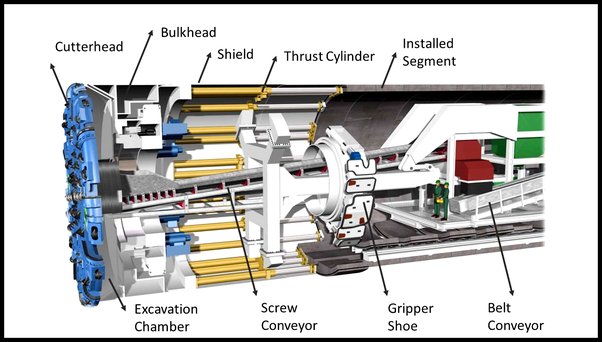
We could, if we seriously wanted to, dig deeper. But doing so would be very, very expensive for little gain.
Digging deep is hard. The Kola Super Deep Borehole in Russia went down more than 12 kilometers, and it turned out to be harder than anyone thought it would be. Temperature at that depth increases rapidly, making drilling difficult—the heat damages drill heads, and of course the drill is 12km long at that point.
No laws of physics prevent going deeper. It’s an engineering challenge, that’s all. Throw enough money at it, and we could solve the engineering problems.
The question is, why?
We’d burn a ton of dosh doing it, for no practical purpose. We’d learn things, perhaps, but the cost of the science wouldn’t likely be worth the return we’d get. What would be the point?


